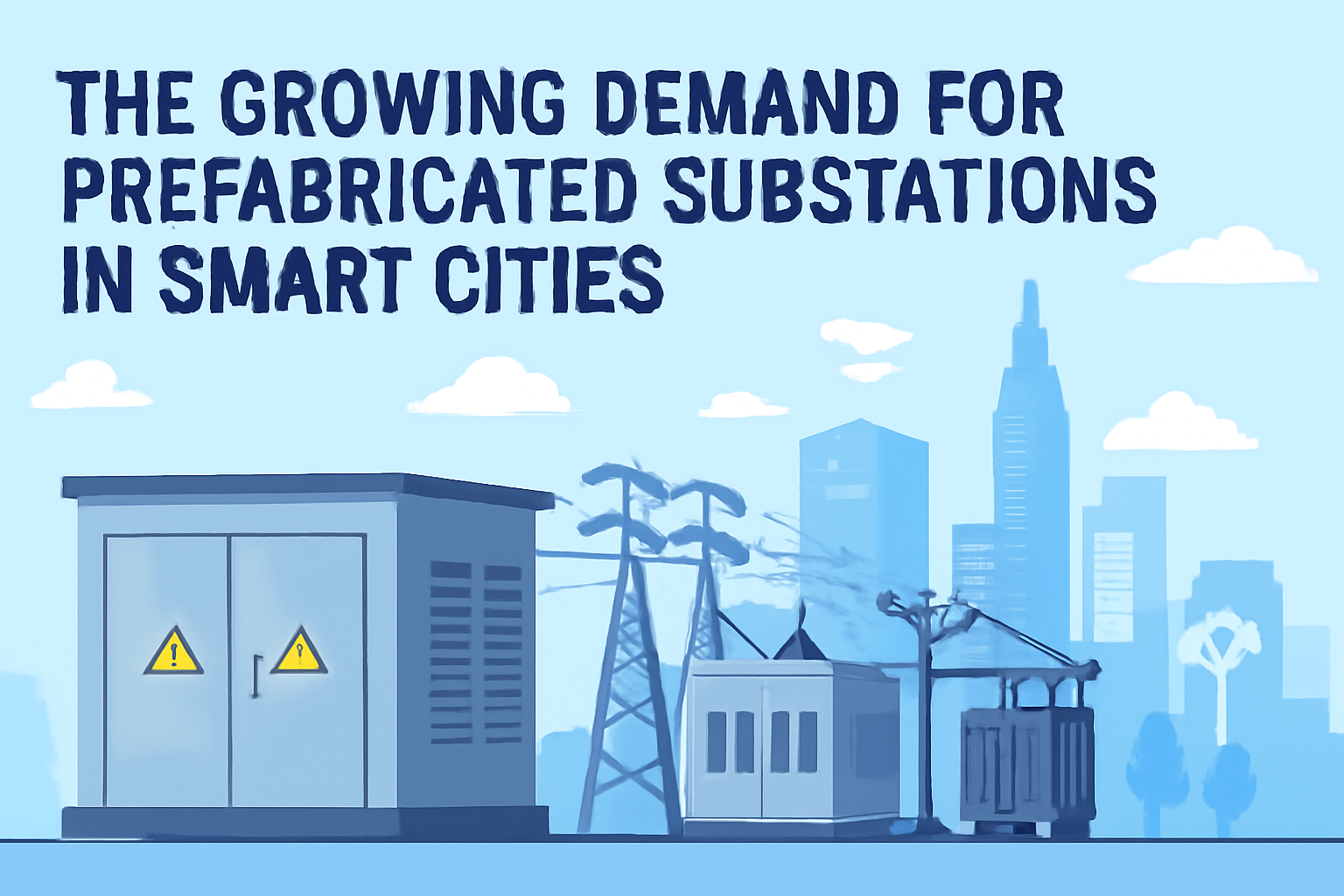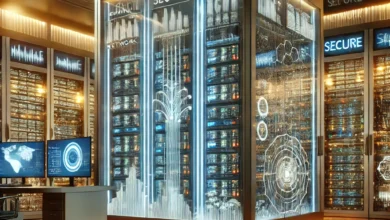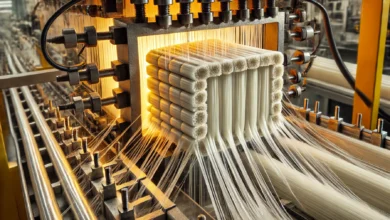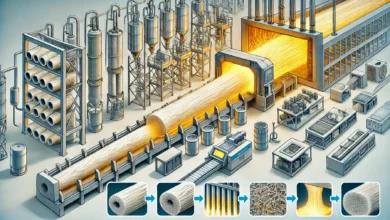The Growing Demand for Prefabricated Substations in Smart Cities

In recent years, the global focus has shifted toward the development of smart cities, and with it, the need for reliable, efficient, and sustainable energy solutions has skyrocketed. The surge in population growth, urbanization, and the pressing need for energy efficiency have all fueled this demand. At the heart of these smart cities, energy distribution systems must evolve to meet both the growing demand for electricity and the environmental responsibility that modern urban living demands. This is where prefabricated substations have come into play, revolutionizing the way cities approach energy infrastructure.
Prefabricated substations are an integral part of modern energy solutions, especially as cities strive for smarter, more sustainable growth. These pre-built units offer significant advantages over traditional substations, including reduced construction time, increased cost-effectiveness, and a reduced environmental footprint. As the demand for energy becomes more complex in smart cities, prefabricated substations present a scalable and efficient option for distributing power. Companies like Hubang Electric Power Co are at the forefront of this innovation, creating state-of-the-art prefabricated substations, photovoltaic substations, and other energy solutions that are helping to drive the energy transition in cities worldwide.
Understanding Prefabricated Substations
Prefabricated substations are compact, modular units designed for easy installation, quick deployment, and minimal on-site construction. Unlike traditional substations that require extensive on-site construction and engineering, these prefabricated units are pre-manufactured off-site, reducing both the time and labor required for installation. This approach allows for faster setup and deployment, making them ideal for areas that require urgent or temporary energy solutions.
The integration of these prefabricated units into smart city infrastructure enables efficient energy distribution that adapts to the needs of modern urban environments. These substations are flexible, scalable, and can be customized according to the specific requirements of a given area, such as power capacity, space constraints, and environmental considerations. With growing global demands for renewable energy and clean tech solutions, prefabricated substations provide an efficient solution to meet these needs without compromising on performance or safety.
For instance, Hubang Electric Power Co has been involved in several cutting-edge new energy projects, such as the wind substation in northwest China. These projects utilize advanced technologies in combination with prefabricated substation designs to deliver power from renewable sources directly to the grid. The integration of wind energy into the power system is critical to the development of sustainable, eco-friendly energy networks, and prefabricated substations serve as the ideal infrastructure for supporting these renewable initiatives.
Benefits of Prefabricated Substations in Smart Cities
- Speed and Efficiency
The rapid urbanization of cities has placed immense pressure on traditional energy systems, and the ability to deploy energy solutions quickly is more important than ever. Prefabricated substations are designed to be quick and easy to install. Since much of the construction happens off-site, the time spent on-site is minimized, leading to faster deployment. This is especially important for cities looking to expand their infrastructure without causing major disruptions or delays.
- Cost-Effectiveness
Construction of traditional substations often comes with high costs, largely due to the time and labor required for construction. With prefabricated substations, the overall cost is reduced because the modular units are pre-engineered and manufactured in a factory setting. These costs are further minimized by the faster installation time, which requires fewer resources. Smart city planners are increasingly looking for ways to reduce energy infrastructure costs while still meeting the demands of modern urban living. Prefabricated substations provide an effective solution.
- Flexibility and Scalability
As cities grow, so does the need for more power. Prefabricated substations are highly scalable, which means they can be easily expanded to meet growing energy demands. They can also be customized to suit the specific needs of a city, such as power capacity and location-specific features like noise reduction or temperature regulation. This adaptability makes them an ideal choice for the dynamic environments that define smart cities.
- Energy Efficiency and Sustainability
One of the key benefits of prefabricated substations is their contribution to energy efficiency and sustainability. In smart cities, where energy conservation is a priority, the ability to integrate renewable energy sources like solar and wind into the power grid is essential. Prefabricated substations, such as those produced by Hubang Electric Power Co, can be designed to support renewable energy projects. The integration of photovoltaic substations, wind-powered substations, and energy storage solutions ensures that the energy distributed is as clean and sustainable as possible. These systems also contribute to the overall reduction in carbon emissions, a critical factor for cities aiming to reduce their environmental footprint.
- Safety and Durability
Given their factory-built nature, prefabricated substations are often constructed to stricter quality controls, ensuring greater safety and durability. They are built to withstand harsh weather conditions, including extreme temperatures, heavy rainfall, and even natural disasters. This makes them a reliable choice for cities in areas with challenging climates. Additionally, prefabricated substations are equipped with advanced safety features, including surge protection, fire prevention, and system monitoring, which help ensure a stable and secure energy supply.
The Role of Hubang Electric Power Co in Advancing Prefabricated Substations
Hubang Electric Power Co has been a leading player in the development of prefabricated substations and renewable energy solutions. The company has successfully implemented several high-profile projects that integrate wind and solar power into the national grid. One such project is the wind substation in northwest China, where the integration of wind power into the energy grid was made possible through the use of innovative prefabricated substations. This has not only improved the efficiency of energy distribution but also contributed to the promotion of sustainable energy practices.
Hubang Electric Power Co specializes in producing photovoltaic substations and charging piles, which are critical components of a clean energy infrastructure. As electric vehicles (EVs) become more common, the need for charging infrastructure grows. The company’s focus on developing charging piles as part of its substations makes it easier for cities to support the growing number of EVs on the road. Prefabricated substations with integrated charging solutions ensure that the grid remains efficient while supporting the shift to electric mobility.
Furthermore, Hubang Electric Power Co’s involvement in new energy projects such as solar farms and wind substations has helped position the company as a leading innovator in the energy sector. By providing high-quality, pre-built energy solutions, Hubang is helping to create the backbone for sustainable and reliable energy networks in smart cities worldwide.
The Future of Prefabricated Substations in Smart Cities
As we look toward the future, the role of prefabricated substations in smart cities is expected to grow significantly. These substations will continue to evolve, incorporating cutting-edge technologies like advanced energy storage systems, smart grid integration, and improved renewable energy capabilities. The increasing push for cleaner, greener energy sources will drive further demand for these innovative solutions.
In particular, the need for energy-efficient infrastructure will continue to rise as cities become more interconnected and energy consumption grows. Prefabricated substations offer an ideal solution for meeting these demands in a cost-effective and timely manner, ensuring that cities can keep up with rapid urbanization without compromising on sustainability. As the technology behind these substations advances, their integration into smart cities will become even more seamless, contributing to a more sustainable, efficient, and interconnected world.
Conclusion
The demand for prefabricated substations in smart cities is growing rapidly, driven by the need for sustainable, efficient, and reliable energy solutions. These prefabricated units offer numerous benefits, including faster installation, reduced costs, flexibility, and scalability, making them an ideal choice for modern urban infrastructure. As companies like Hubang Electric Power Co continue to innovate and push the boundaries of energy technology, the future of energy distribution in smart cities looks promising. From wind and solar substations to electric vehicle charging solutions, prefabricated substations are playing a pivotal role in shaping the cities of tomorrow.
For more information about the innovative solutions provided by Hubang Electric Power Co, visit https://www.hubangelectric.com/.



